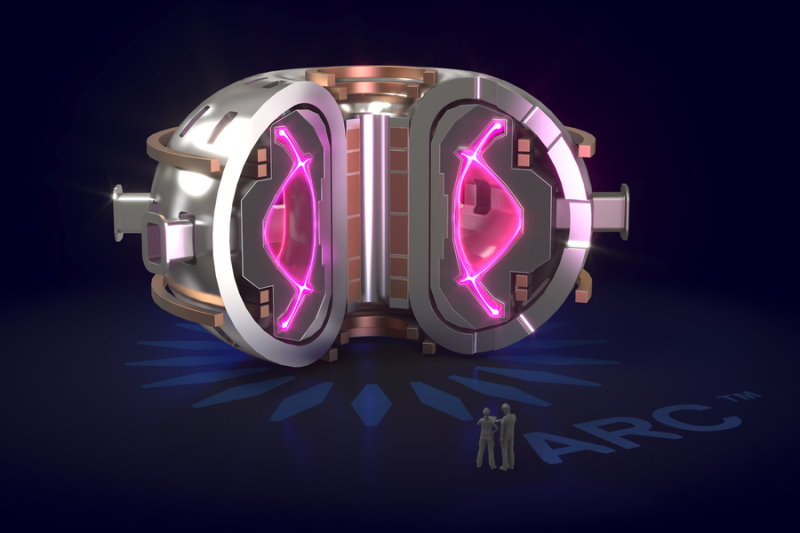Your cart is currently empty!
Two wins for nuclear fusion power
An experiment at a European testbed suggests that the Iter nuclear fusion reactor has a good chance of succeeding. Meanwhile, US scientists breathed new life into an entirely different approach to the almost perfect power source.
As Putin’s invasion of Ukraine pushes Europe towards faster decarbonization, nuclear fusion is unfortunately still far removed from being a viable alternative to fossil fuels. But two recent breakthroughs have reinforced scientists’ faith that the technology can one day provide abundant amounts of energy without generating much emissions or waste.
At the Joint European Torus (Jet) near Oxford, scientists generated 59 megajoules of sustained fusion energy, more than double the previous record. More importantly, that result was obtained with the same technology and fuel mixture as the famous Iter fusion reactor uses. Iter is scheduled to commence operations by 2025, with the overarching objective to extract more energy than was put in to start the nuclear reaction. The results at Jet inspire confidence that Iter will be able to achieve that goal.

